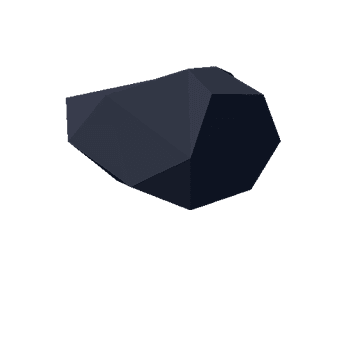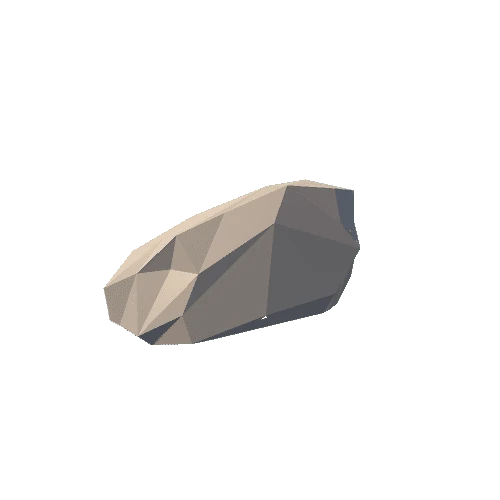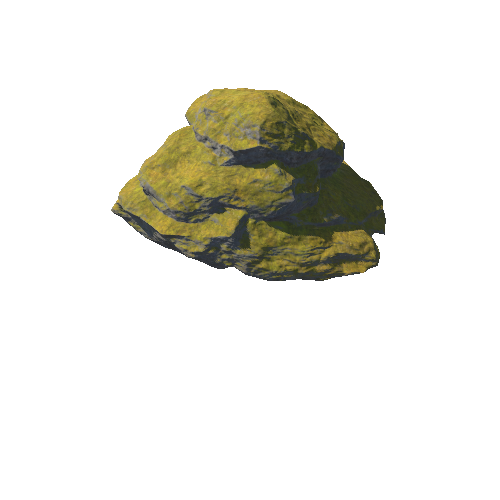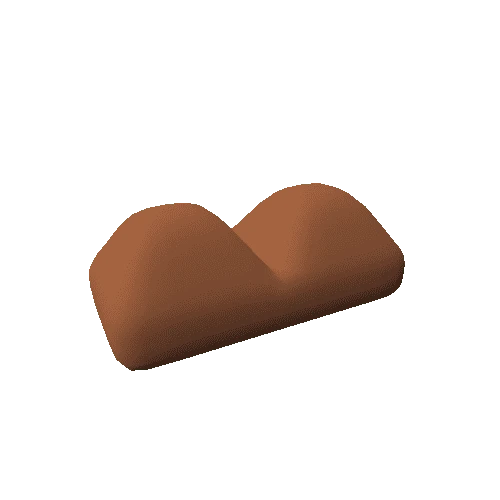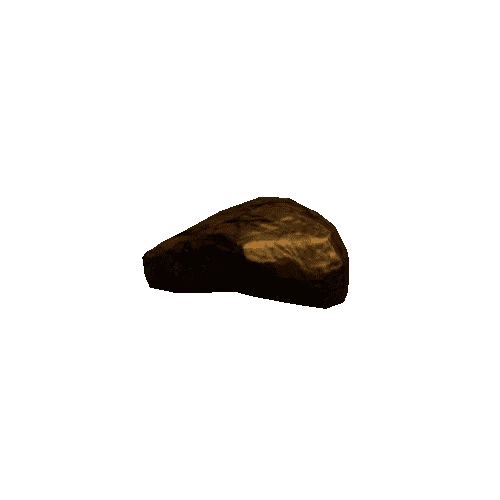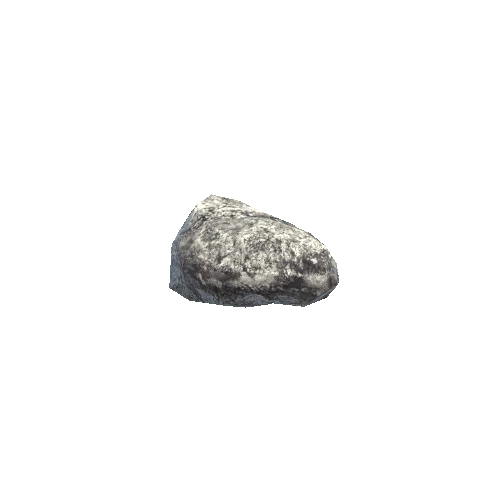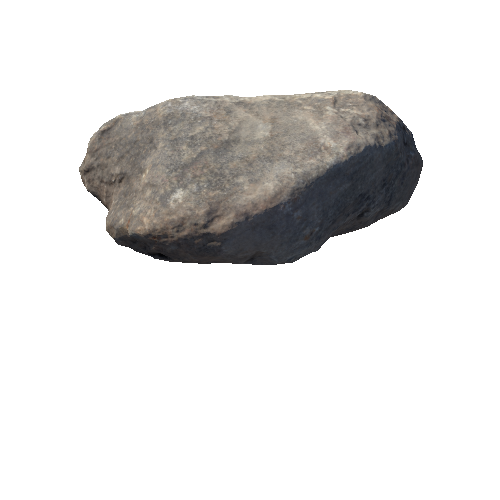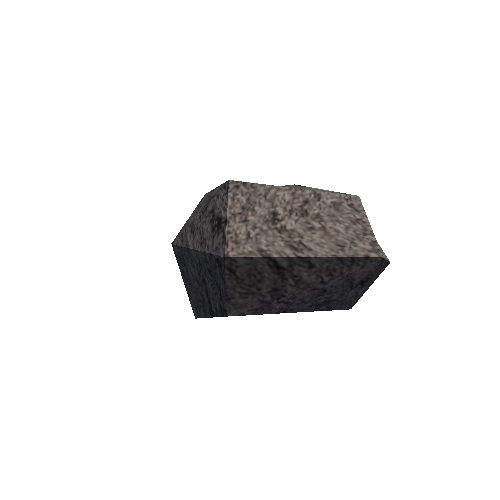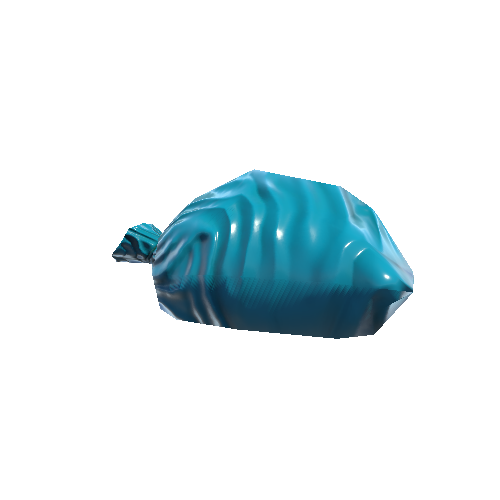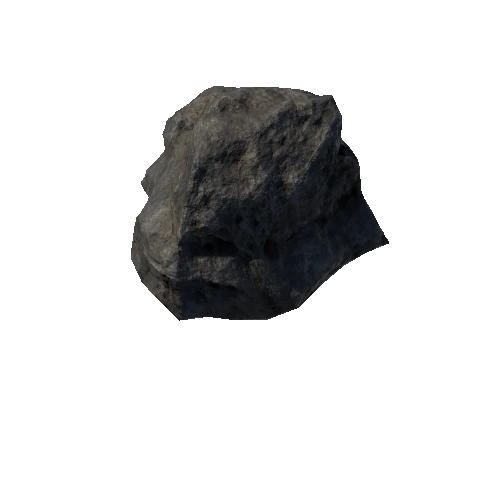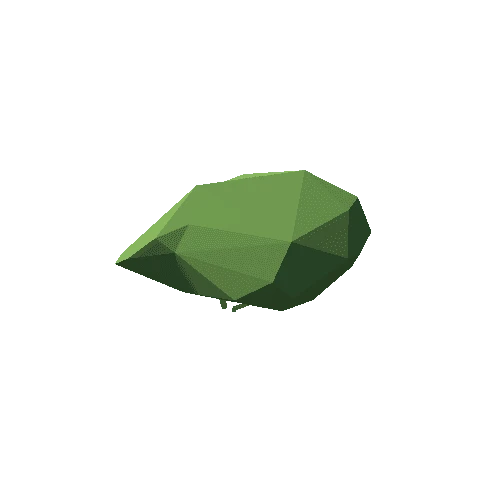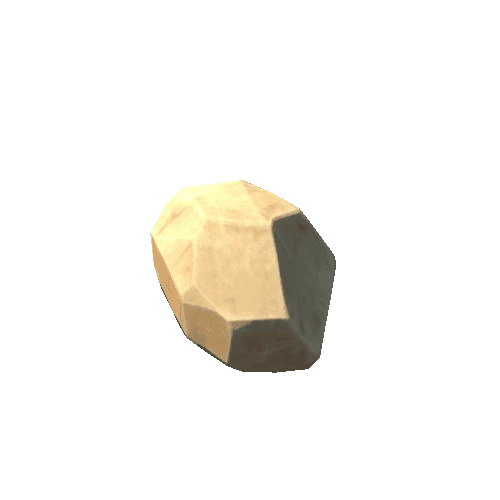Select or drop a image or 3D model here to search.
We support JPG, JPEG, PNG, GIF, WEBP, GLB, OBJ, STL, FBX. More formats will be added in the future.
Asset Overview
Molybdenite is a rare mineral composed of molybdenum and sulfur. It occurs in igneous and metamorphic rocks as gray hexagonal crystals and foliated masses with a metallic luster. Molybdenite is the most important ore of molybdenum and often contains minor amounts of rhenium which are often produced as a byproduct.
Molybdenite has physical properties that often cause it to be confused with graphite. Both of these minerals are gray to silver in color, have a very low hardness, and occur in hexagonal crystals or foliated masses. Both minerals have a layered atomic structure with planes of extreme weakness. This gives them a slippery feel and makes them valuable as a solid lubricant.
Molybdenite has a higher specific gravity than graphite (4.7 vs 2.23). Molybdenite usually has a slightly bluish-gray color and a slightly bluish-gray streak, while graphite's color and streak are gray to black. Molybdenite usually has a higher luster than graphite.
https://www.mindat.org/min-2746.html
